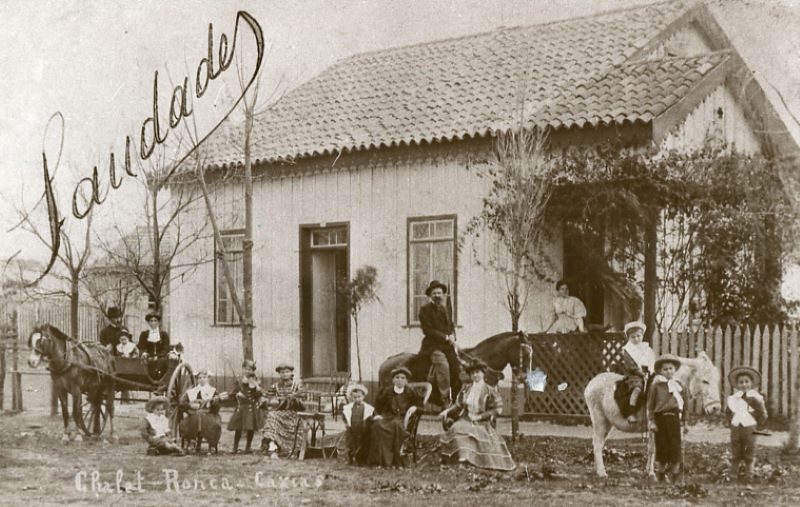Populating the ships bound for South America were initially emigrants from the agricultural regions of northern Italy. Those who could afford a more expensive ticket went to South America, where integration was certainly easier. South American culture was in fact very close to Italian culture, including religious culture, and there were fewer problems with language. For Brazil people left mostly from Veneto and Friuli, for Argentina they left mostly from Piedmont. These were two boundless, sparsely populated states that local governments wanted to populate by encouraging immigration from Europe. Emigration to Brazil and Argentina, which lasted more than a century, stopped only in the late 1950s, following the economic recession.
If Brazil and Argentina, with the small Uruguay, represented the most immediate destinations, being on the routes of ocean liners, Italian emigration to other Latin American states, such as Chile, Peru, Ecuador, Colombia, and Venezuela, should not be forgotten. In the latter state, in particular, there was a real migration boom in the 1950s, connected with the discovery of oil fields and the subsequent industrial development of the country.


